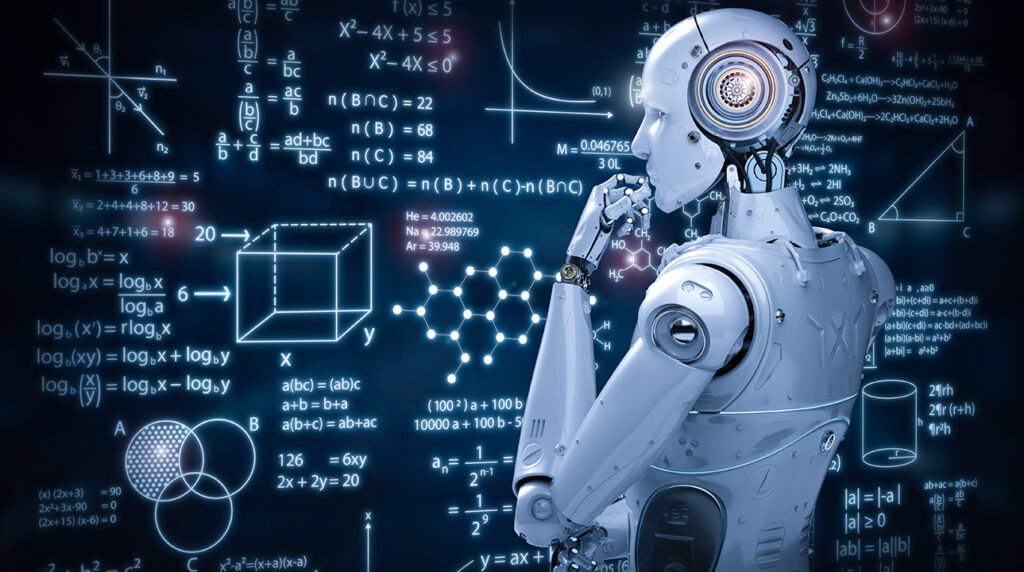For centuries, music has been one of humanity’s purest forms of expression. From tribal rhythms echoing across ancient landscapes to symphonies filling concert halls, it has always carried stories, emotions, and identities across generations. But the way music is created and consumed today looks remarkably different from just a few decades ago. What used to require instruments, studios, and analog precision now lives in our pockets—and increasingly, in our algorithms.
We live in an era defined by rapid technological change. Artificial intelligence, once confined to science fiction, now sits at the core of tools we use every day. It filters our photos, translates our languages, and suggests the next song on our playlist. But beyond curating our music, AI is beginning to create AI music, shifting from passive assistant to active collaborator.
This transition isn’t a gimmick—it’s a cultural turning point.
Creativity in the Age of Code
When you think of creativity, you probably picture a person with a guitar, a piano, or maybe a beat machine—not lines of code. And yet, developers and musicians are increasingly merging their crafts. Open-source platforms, neural networks, and machine learning frameworks now allow anyone with curiosity and a laptop to begin exploring how to create AI music that doesn’t just replicate—but reimagines—traditional forms.
Some of these systems learn from thousands of compositions, analyzing patterns and styles to generate new pieces that sound eerily human. Others take a more interactive approach, letting human artists feed in raw ideas—melodies, rhythms, lyrics—and helping them develop those concepts in unexpected ways.
This isn’t just about automation. It’s about augmentation. Just as Photoshop didn’t diminish the value of photography but expanded what was possible, AI is providing musicians with a new set of instruments—ones that respond not just to touch, but to thought, preference, and even emotion.
New Possibilities, New Questions
Of course, such innovation brings with it a host of ethical and creative dilemmas.
Who is the true artist when a track is generated by an algorithm trained on decades of copyrighted music? Can a machine understand sadness, joy, or nostalgia the way a human does? And if not, does it matter if the result still moves us?
These questions are not easily answered. But they underscore the fact that as more creators use tools to create AI music, we’re not just reshaping sound—we’re reshaping our definitions of authorship, creativity, and even consciousness.
Not a Replacement—A Revolution
It’s important to note that AI-generated music isn’t here to replace human musicians. Instead, it’s opening doors to new forms of expression. A solo artist in a small town might use an AI engine to compose symphonic backing for their vocals. A game developer might create dynamic soundtracks that evolve based on a player’s actions and emotional state. A child might hum a tune into an app and have it transformed into a full-blown composition within seconds.
These aren’t pipe dreams—they’re already happening.
Some artists are even forming collaborative partnerships with AI models, feeding them snippets of melodies and using the results as a kind of creative dialogue. In this way, to create AI music becomes more than a technical task—it becomes an artistic conversation between human intuition and machine possibility.
A Glimpse Into Tomorrow’s Soundtrack
So, what does the future hold?
We may soon enter an era where music becomes more personalized than ever—tailored not just to our tastes, but to our daily moods, brainwaves, and life events. Music that listens as much as it plays. Sound that senses and responds.
The creative possibilities are thrilling, but they require careful stewardship. Artists, technologists, and listeners alike will need to engage with this new frontier thoughtfully, ensuring that while machines can assist in making art, the soul of music—the stories we tell through it—remains human.
In the end, the goal isn’t to ask whether AI can be creative. It already is. The better question might be: how will we use this new power to expand our own creativity?
As we learn to create AI music, we’re not just building tools. We’re crafting the next chapter in music’s long, beautiful, and unpredictable evolution.


